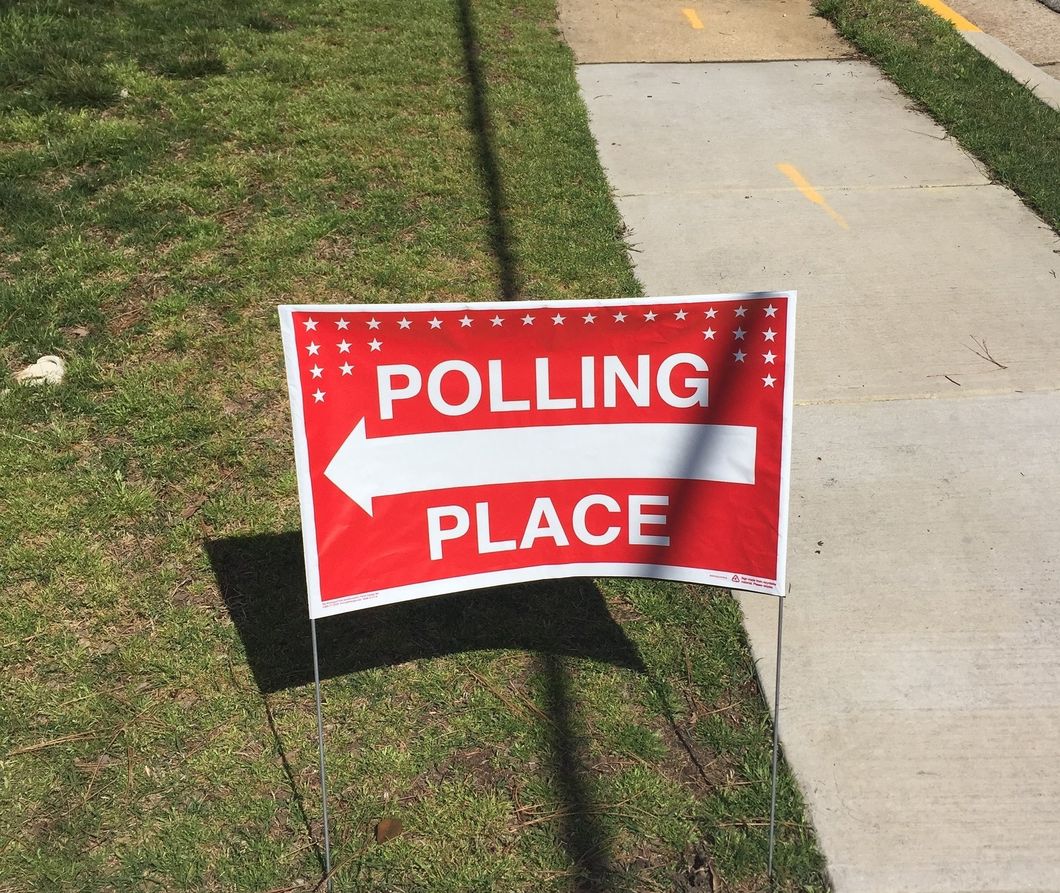With all the buildup of this election season, I honestly expected more. Instagram, Buzzfeed and Google were a few of the many industries who pulled out all the stops when it came to ensuring that young voters got to the polls. Reminders of "Register to vote!" and "Go vote!" were plastered everywhere. Even celebrities who are normally silent on their political views, like Taylor Swift, got in on the action and encouraged young voters everywhere to register and vote.
But what about when you get there? Do you need to bring anything? If so what? 34 states require voters to present some form of identification when they go vote. Ohio, the state I voted in, is one of them. But being a college student complicates matters. As a college student, I have the option to register to vote in my home state or the state where my college is located in. So even though I live in Michigan, I registered to vote in Ohio because I didn't want to have to send in an absentee ballot.
As I waited in line at the polling place, it soon became clear to me that many of my fellow college students also chose to vote in Ohio even though they were from another state. But they didn't have the proper voter identification. Why? Normally, a driver's license would be fine. But, since we are from another state we need another way to prove our residency.
Unbeknownst to me and several others, our college emailed us our proof of residency. Four months ago. To some, that may seem like a short period of time, but to a college student who is studying and partying at odd hours? It's a lifetime.
Thankfully, there were other college students around me who helped me access my proof of residency. Yet, there were others in line who weren't so lucky. "I'm registered!" I heard one girl protest. The lady at the polling place check-in station calmly replied, "You need to prove your residency before I can let you vote." After that, it became a mantra as more and more people were turned away because they didn't have the proper voting identification. "You need to prove your residency before I can let you vote."
Some young voters left in a frustrated huff. Others stayed and submitted a provisional ballot, which is a kind of temporary ballot that allows people to vote now and prove their residency later. The only problem with this option is that their vote may not be counted later. To get their votes to count, the young voters who submitted a provisional ballot must go to the board of elections office no later than a week after voting with something that proves their address. Yet, what you need to do after submitting a provisional ballot varies from state to state. Sounds like a lot of work doesn't it?
What concerns me as a citizen of the United States and as a young voter is how hard it is for our generation to vote. While there was a big media push for getting registered to vote and actually showing up at the polls, our knowledge of voter identification laws are minimal and/or nonexistent. Not many of us at the polls today knew about them. And as a result, our votes may not be counted. Our voices may not be heard.
So let's remember this for the next election. Let's get our friends to register and show up. But let's also help them know what identification they need to bring so that their vote will actually matter.






 The minimum wage is not a living wage.
StableDiffusion
The minimum wage is not a living wage.
StableDiffusion
 influential nations
StableDiffusion
influential nations
StableDiffusion












